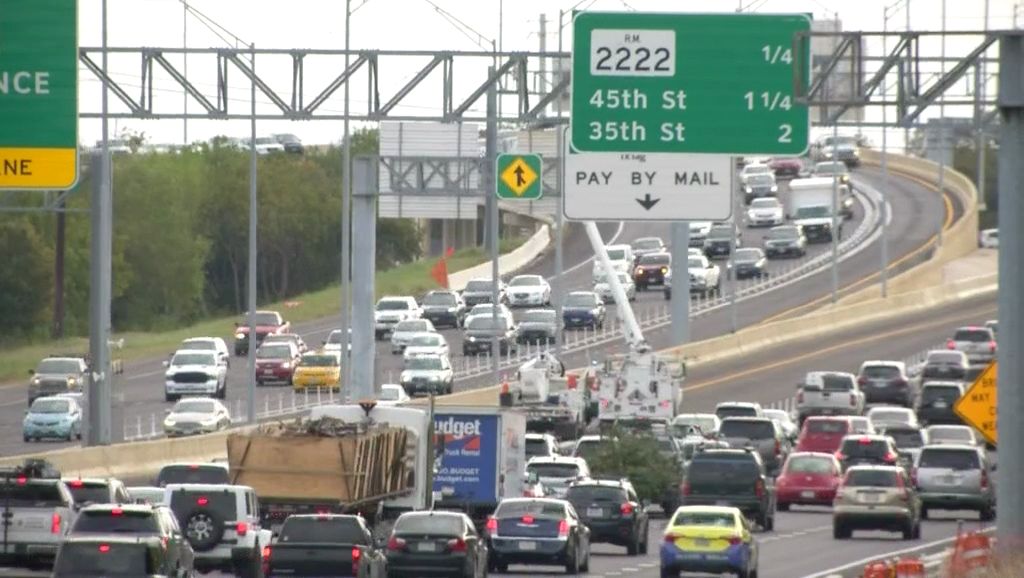Q: Do the TxTag toll roads actually do anything to help traffic?
Do toll roads work?
That depends on who you ask. If you want to pay a little extra to get to your destination faster, sometimes they can be helpful. However there are those who don’t think tolls should even exist. Either way we do have a lot of them in Texas. (In my humble opinion, I think semi trucks should be required to take the toll road during peak rush hour times unless their stops are downtown)
In 2016, the Texas Transportation Commission voted to give trucks a discounted toll rate in an effort to ease congestion. It was part of the 84th Session of the Texas Legislature’s Truck Toll Discount Program. Here’s what TXdot’s Executive Director said about the vote back in 2016:
"By getting some of these big rigs to use SH 130, during peak hours, we will help ease some of the gridlock we see on I-35 through Austin. This will get drivers to their destinations quicker by saving them time that otherwise would be spent in traffic.” said Texas Department of Transportation Executive Director James Bass.
Toll roads are just a piece of trying to ease congestion on our roadways. When it comes to deciding whether to take I-35 or the SH 130 toll from Buda up to Georgetown, it seems that hopping on the toll road can save you an average of 20 minutes during a typical morning commute. If your commute isn’t as long, sometimes it makes more sense to just take I-35. Mopac’s expressway improvement project promised to ease congestion and many drivers have said that the ability to take the express lane does make their commute faster.
If you don’t already have a TxTag, you’ll be charged an extra 33 cents every time you use the toll lane and you’ll get a bill in the mail. The Austin area roads impacted by the extra 33 cents include Mopac, SH 45 N, SH 130 and SH 45 SE. You can view the breakdown of some of the prices here. But, do know that prices can vary depending on traffic volume.



